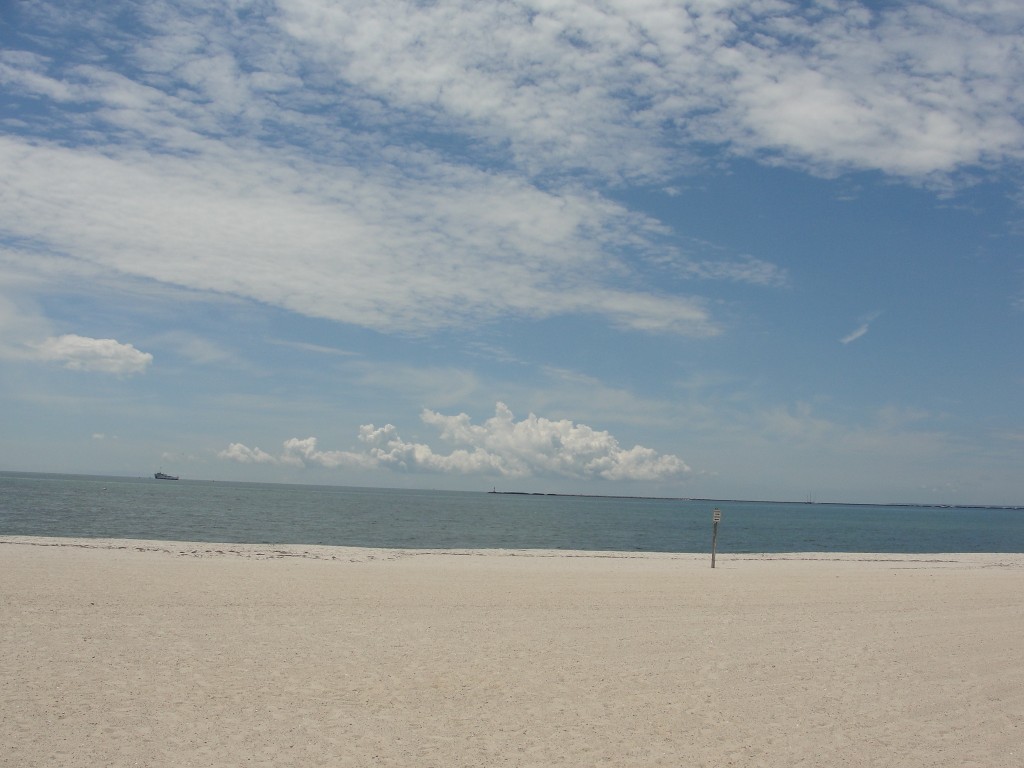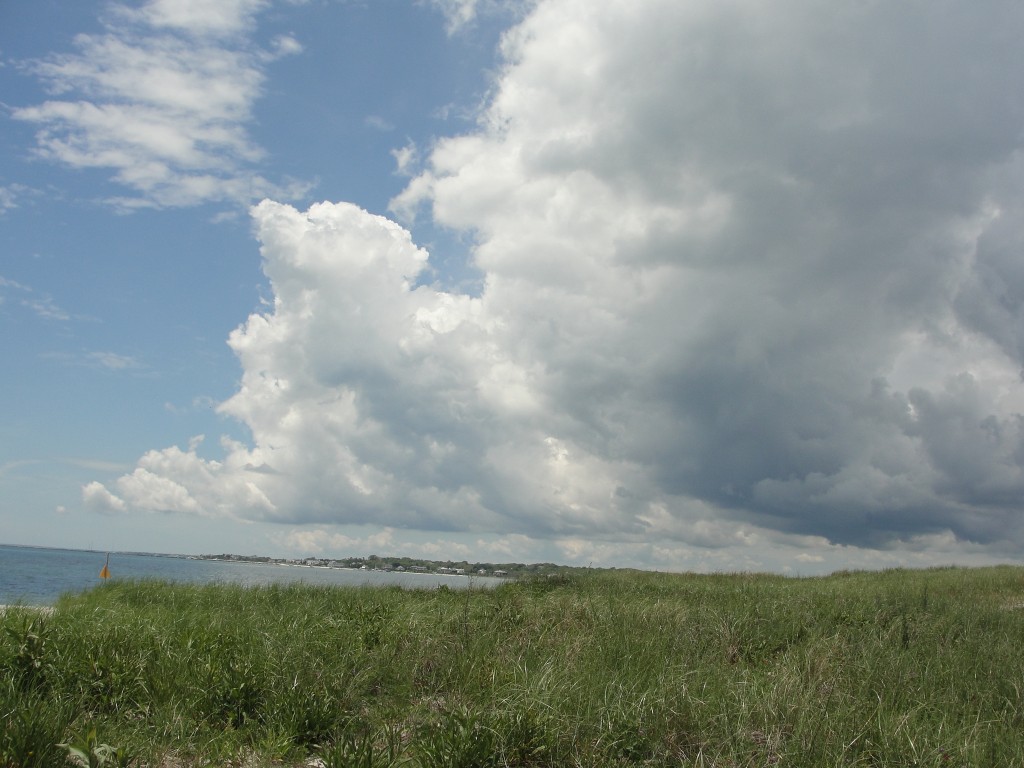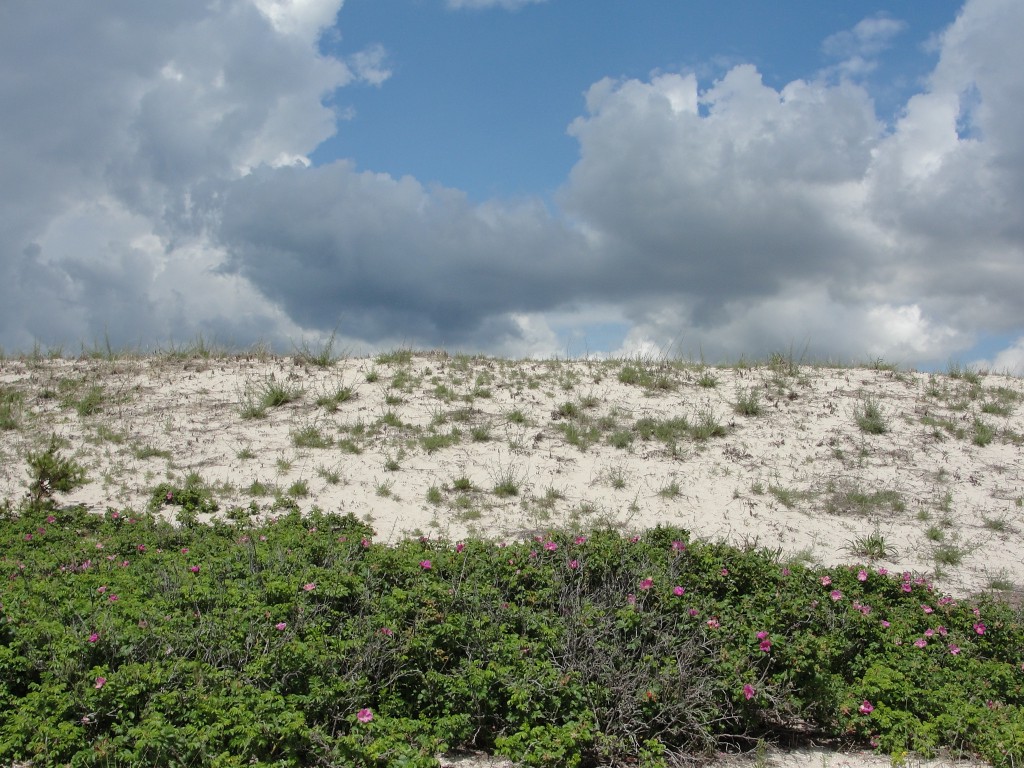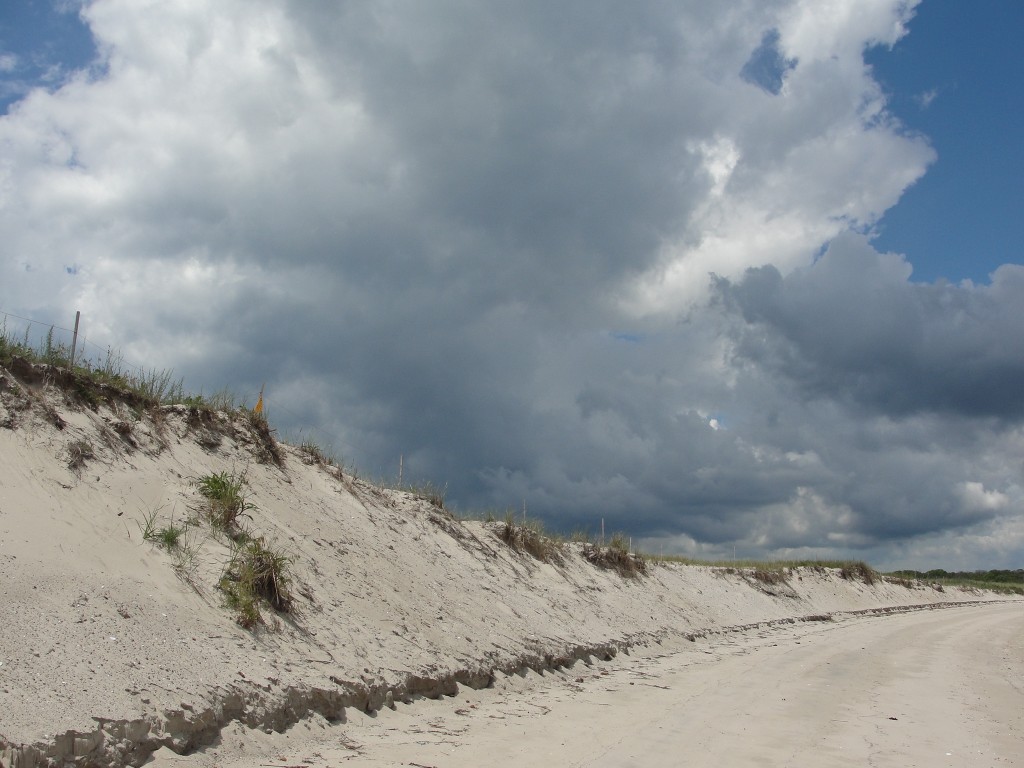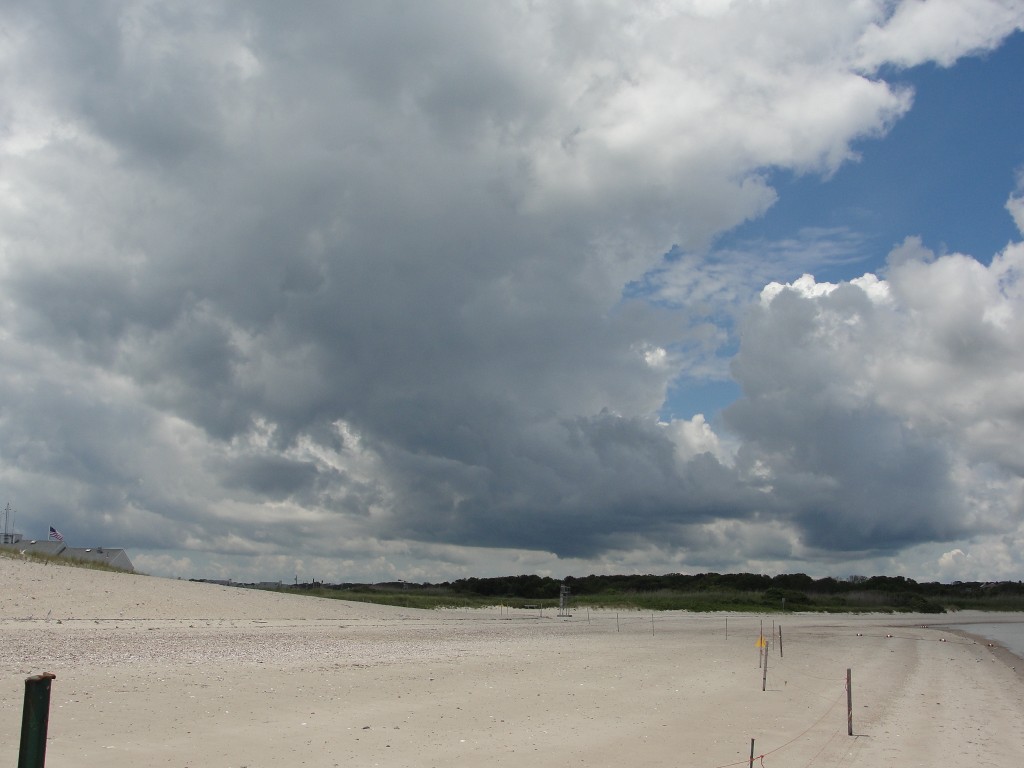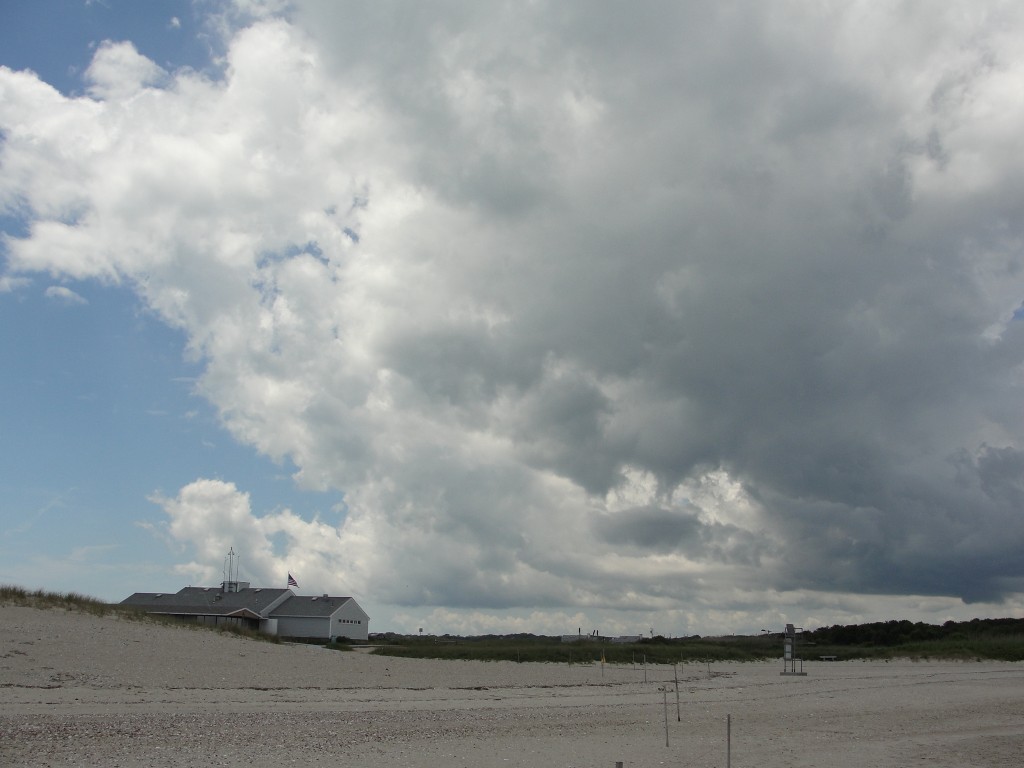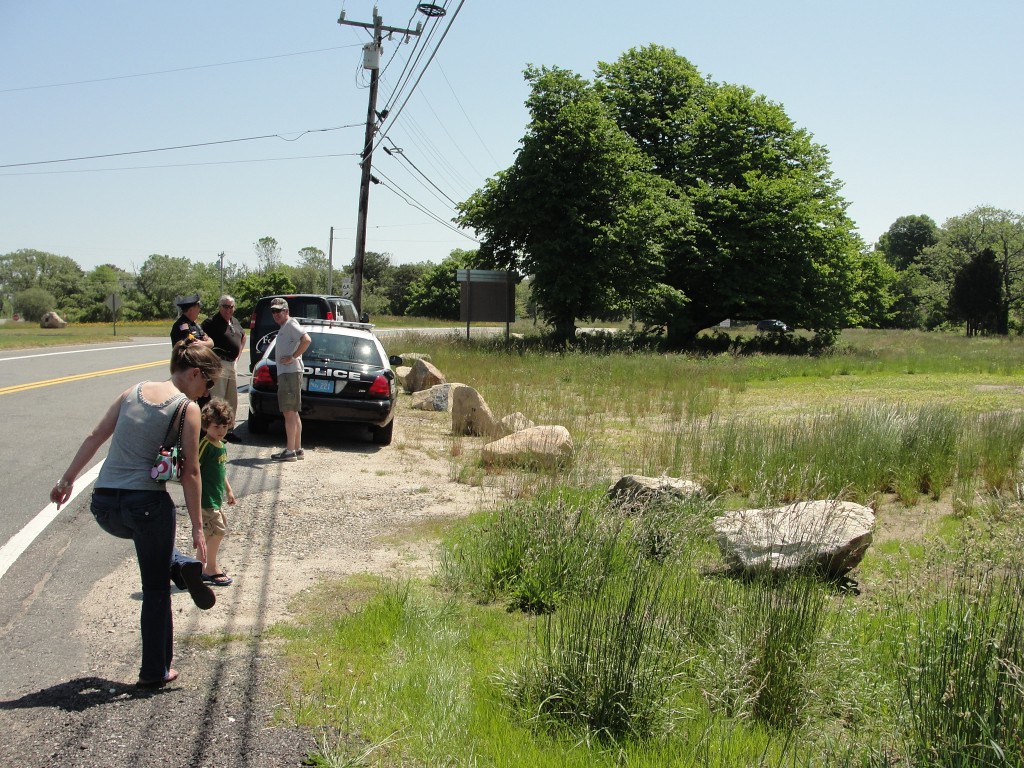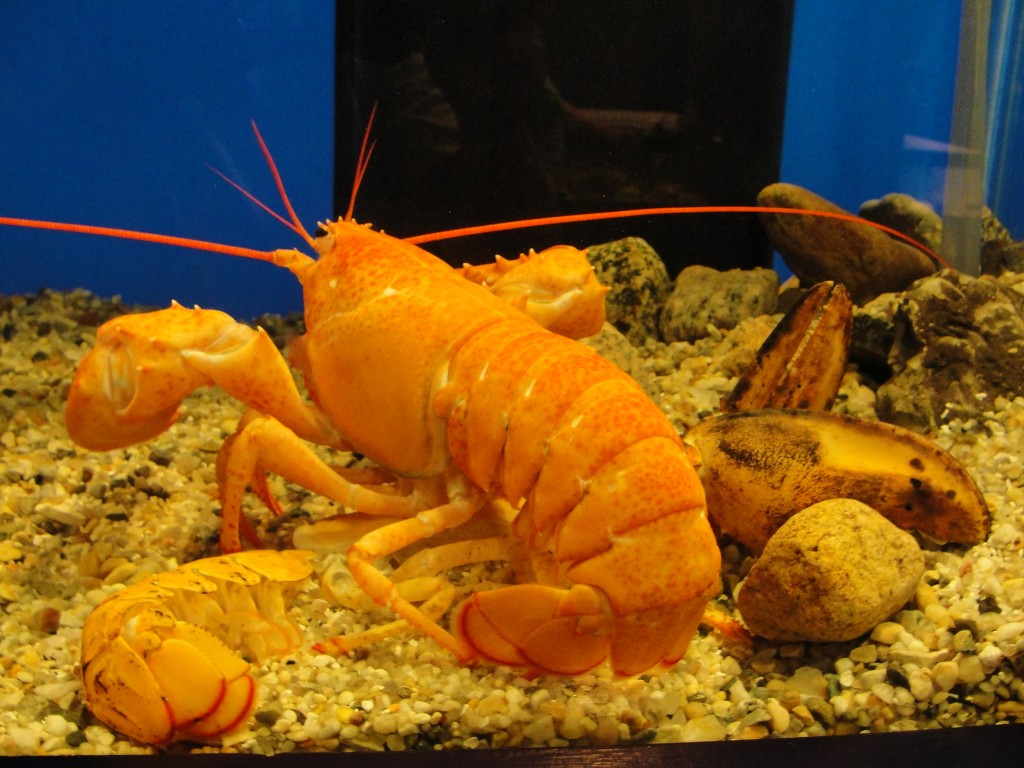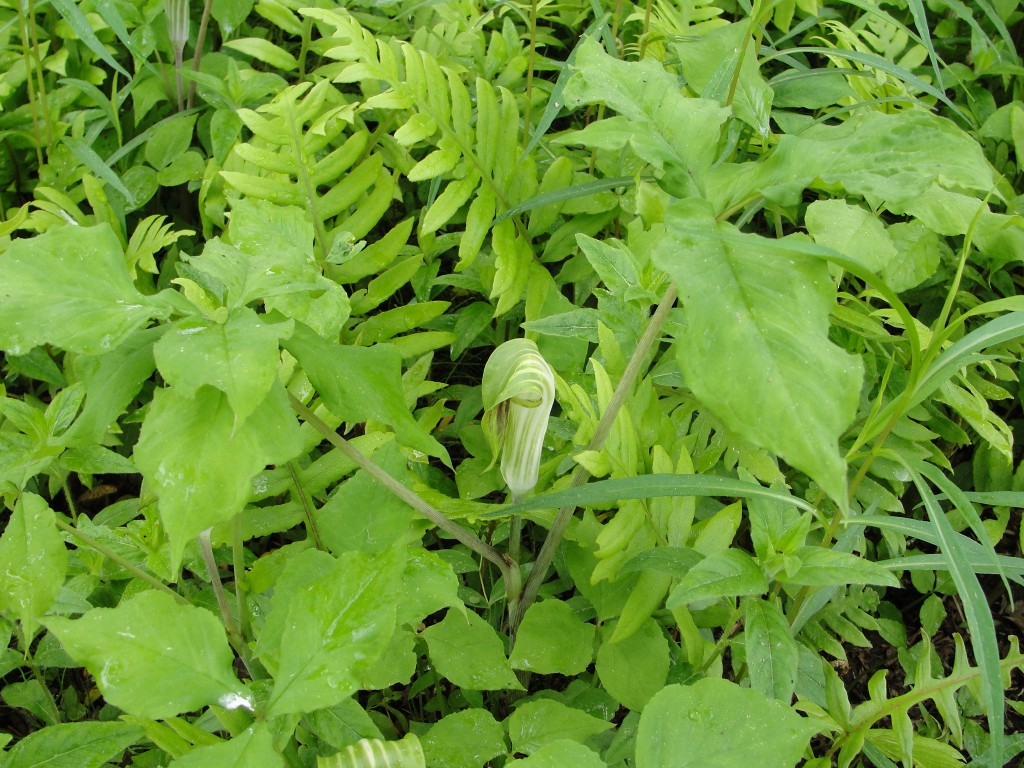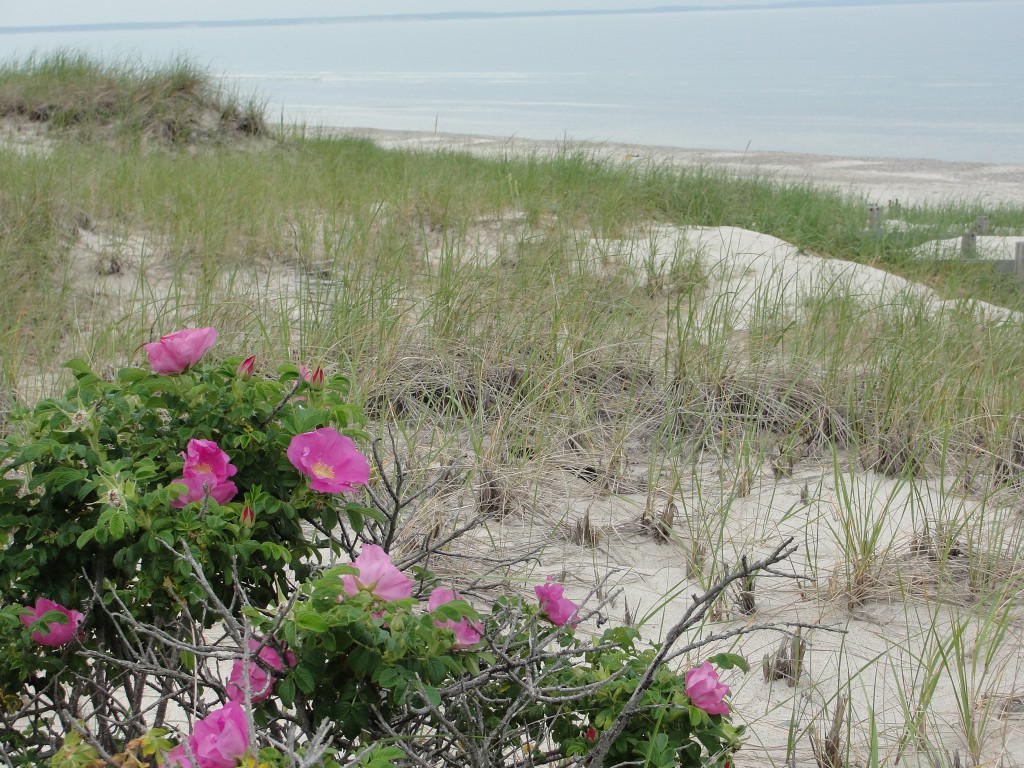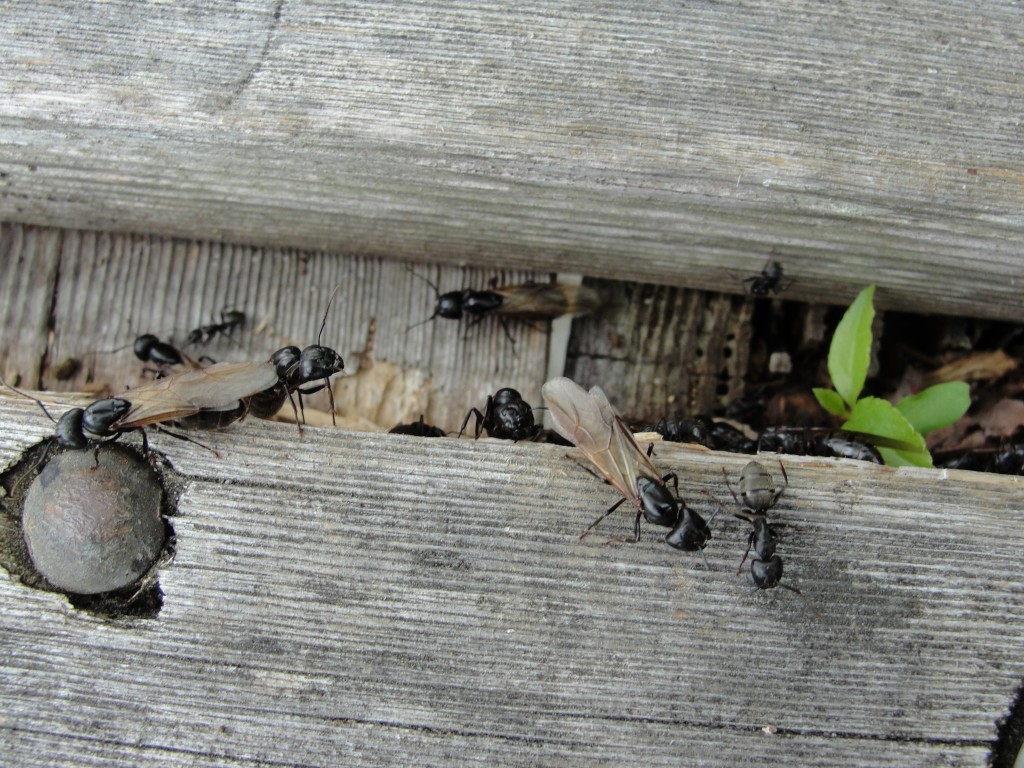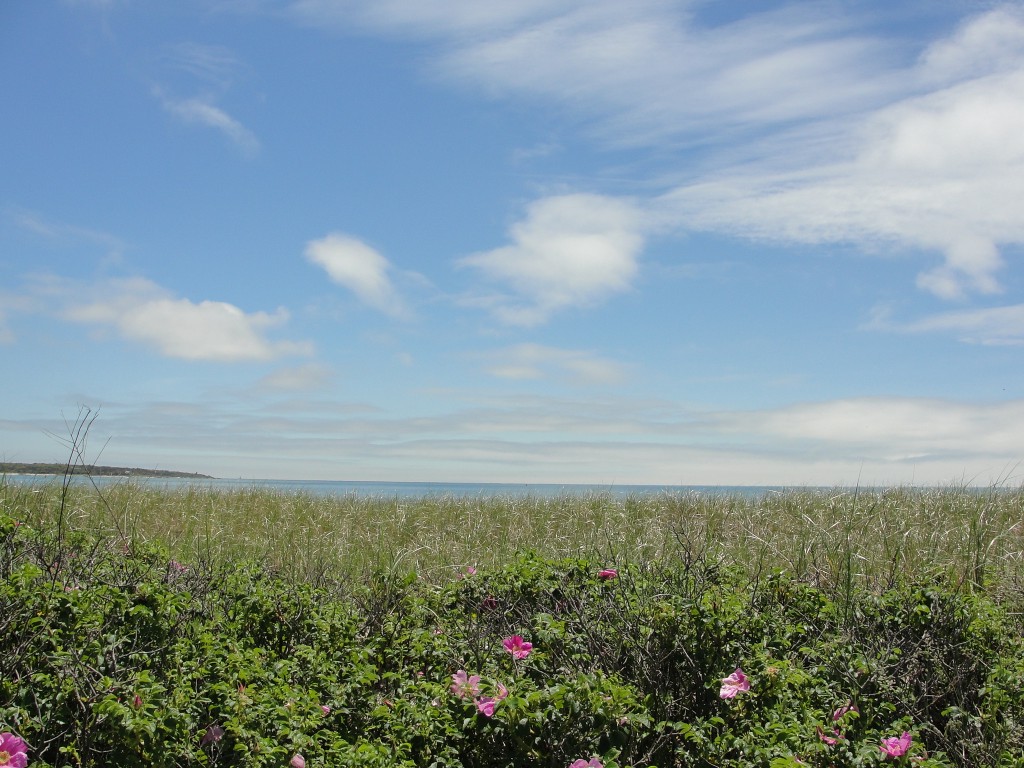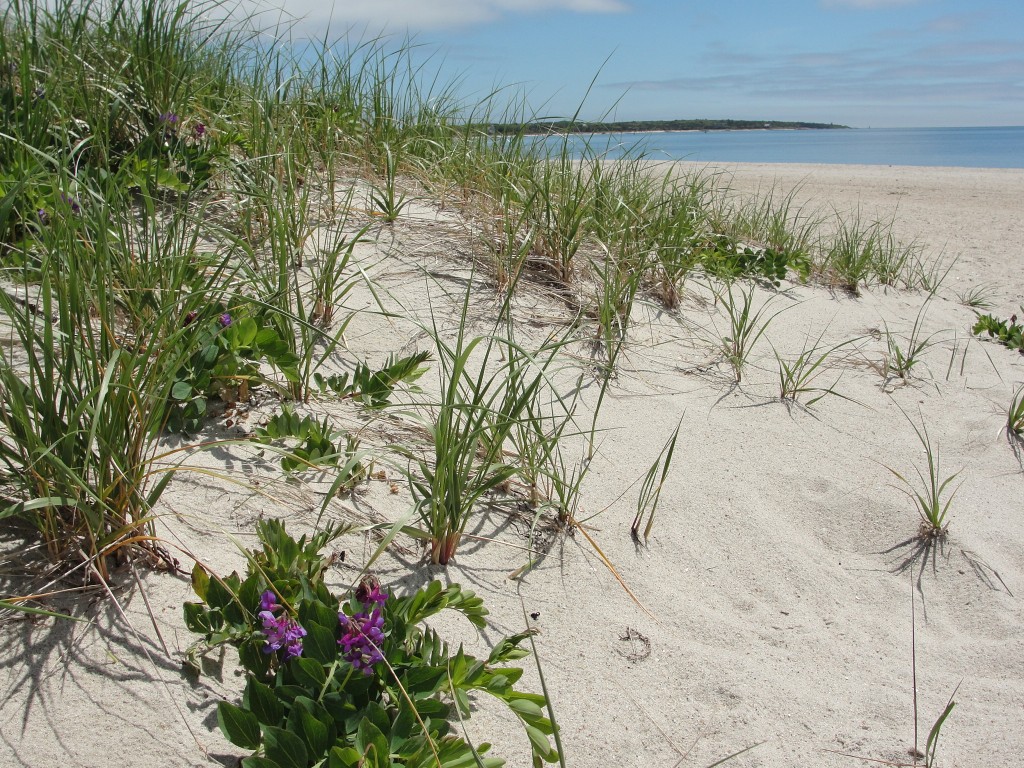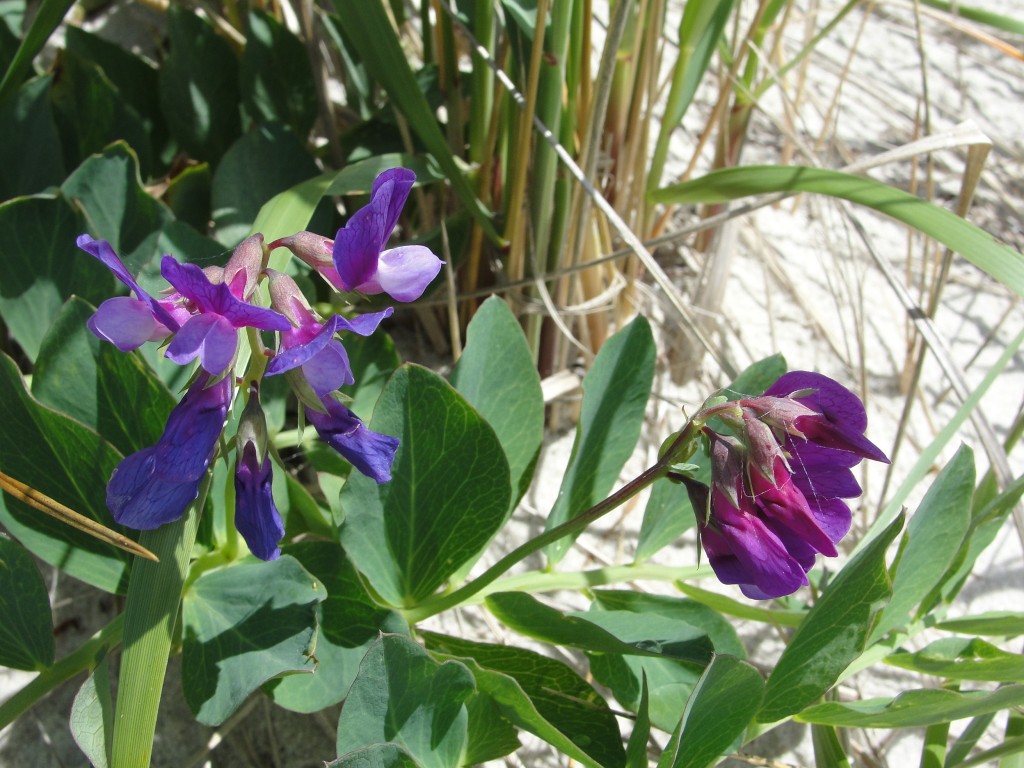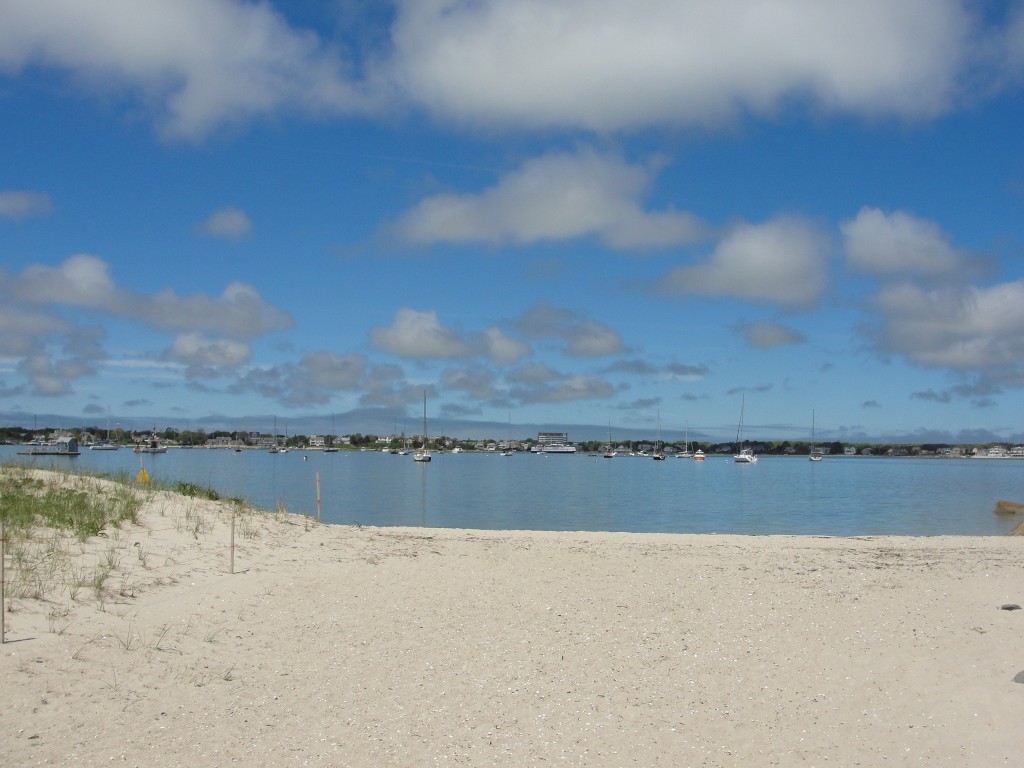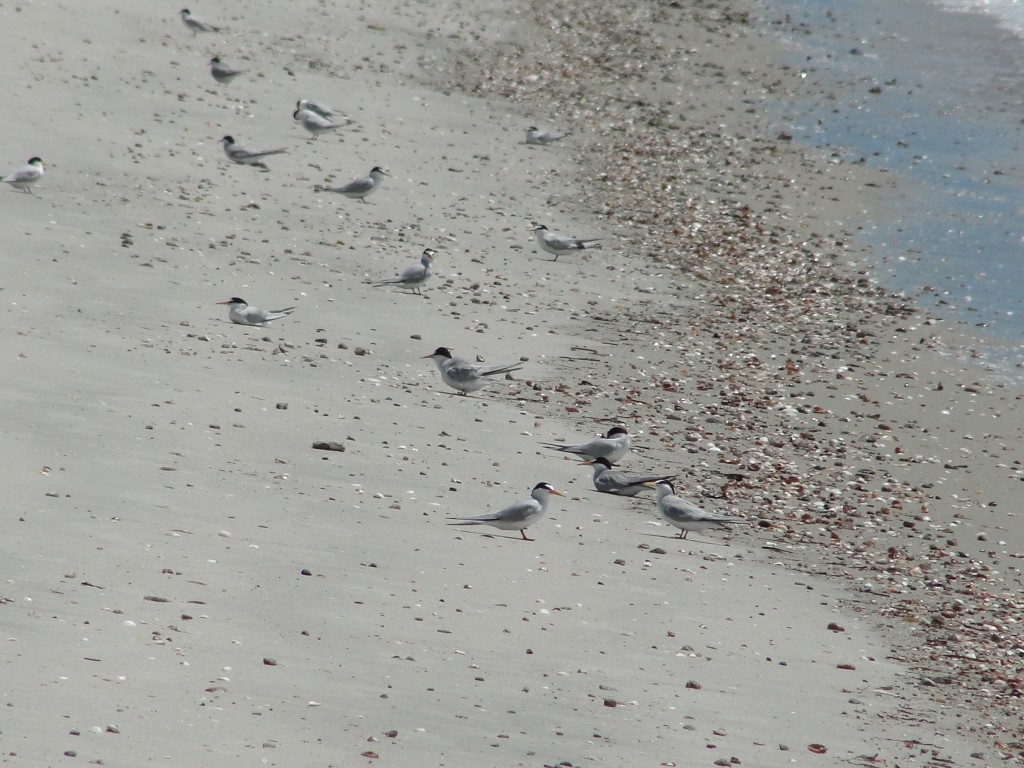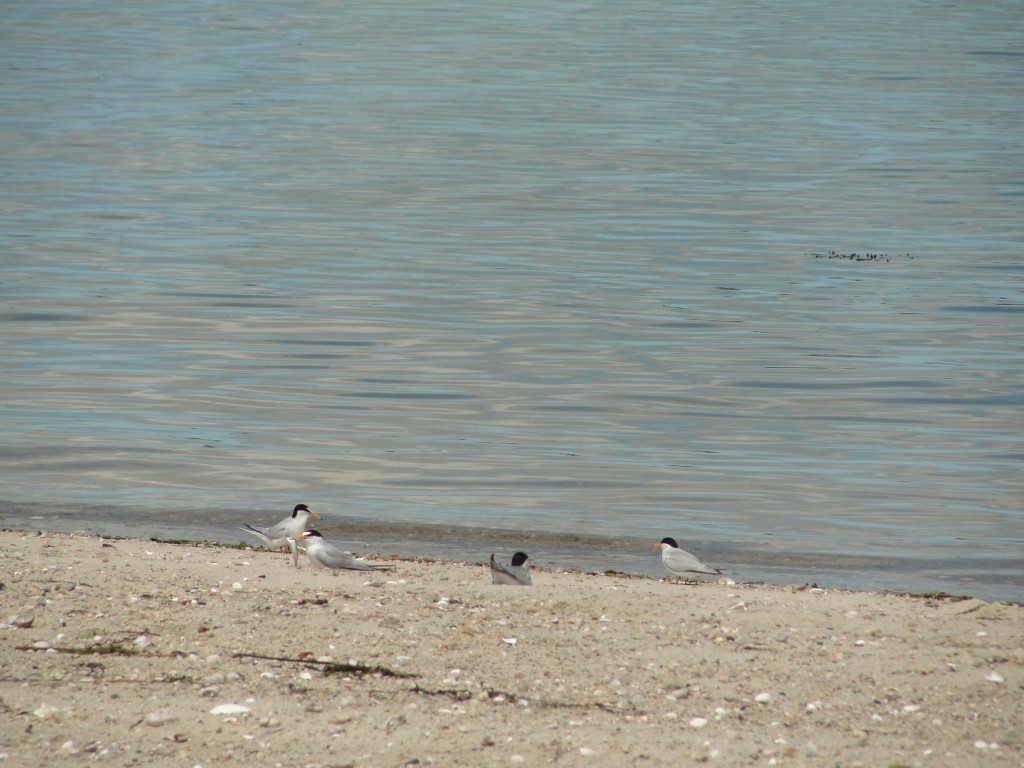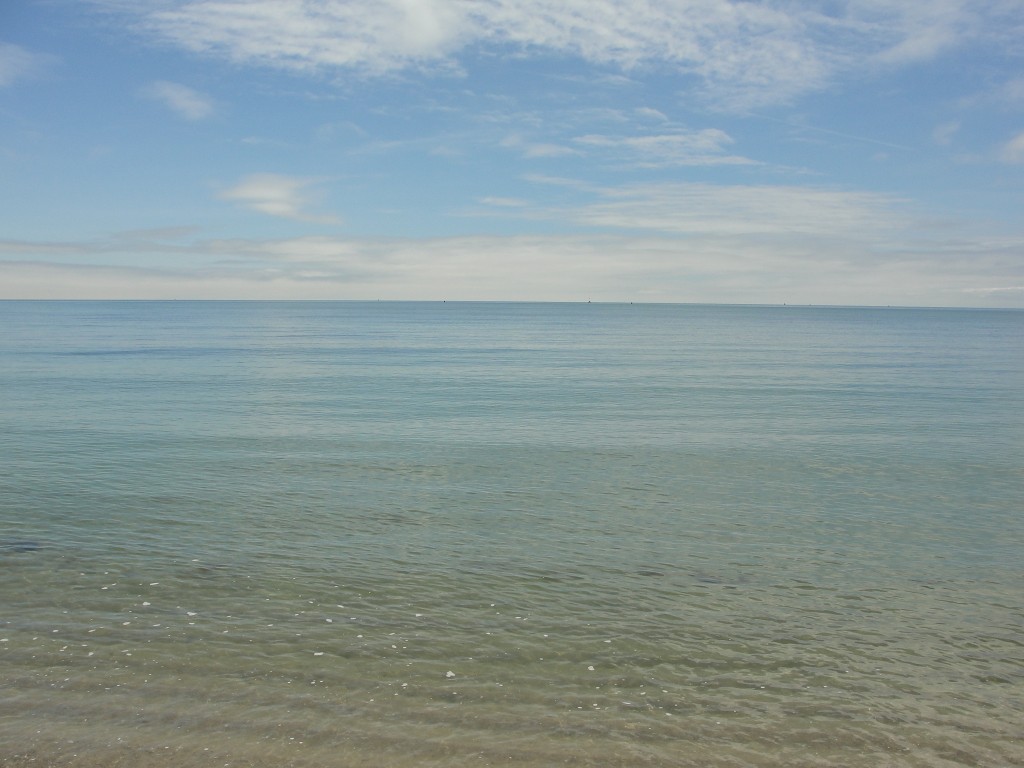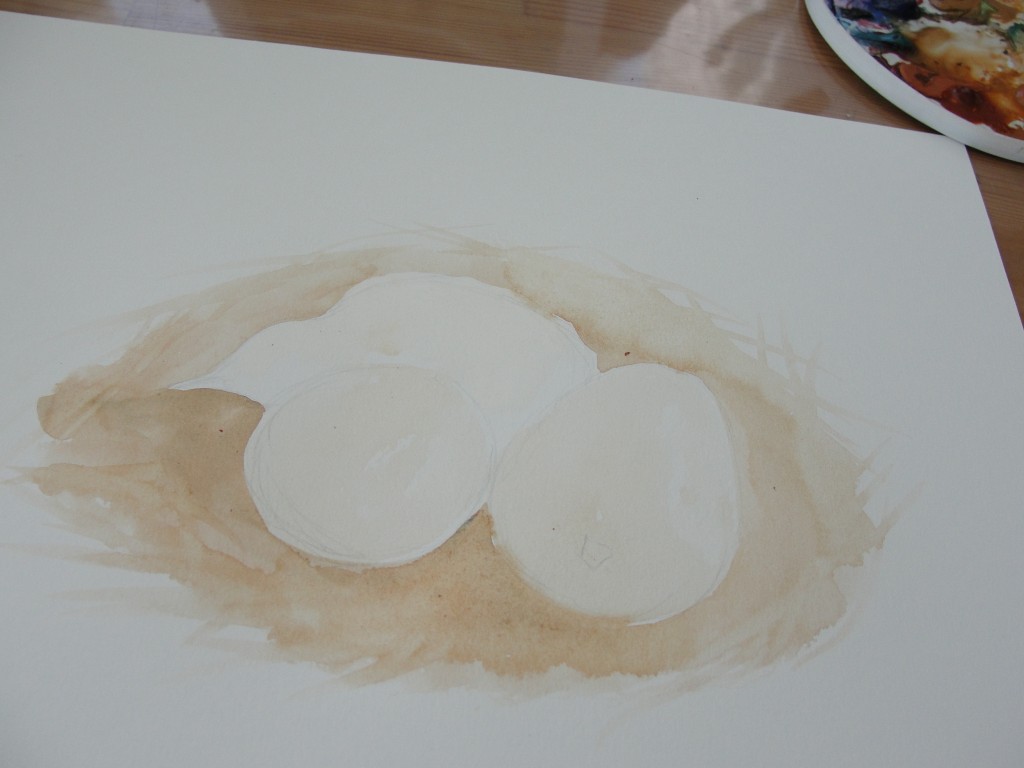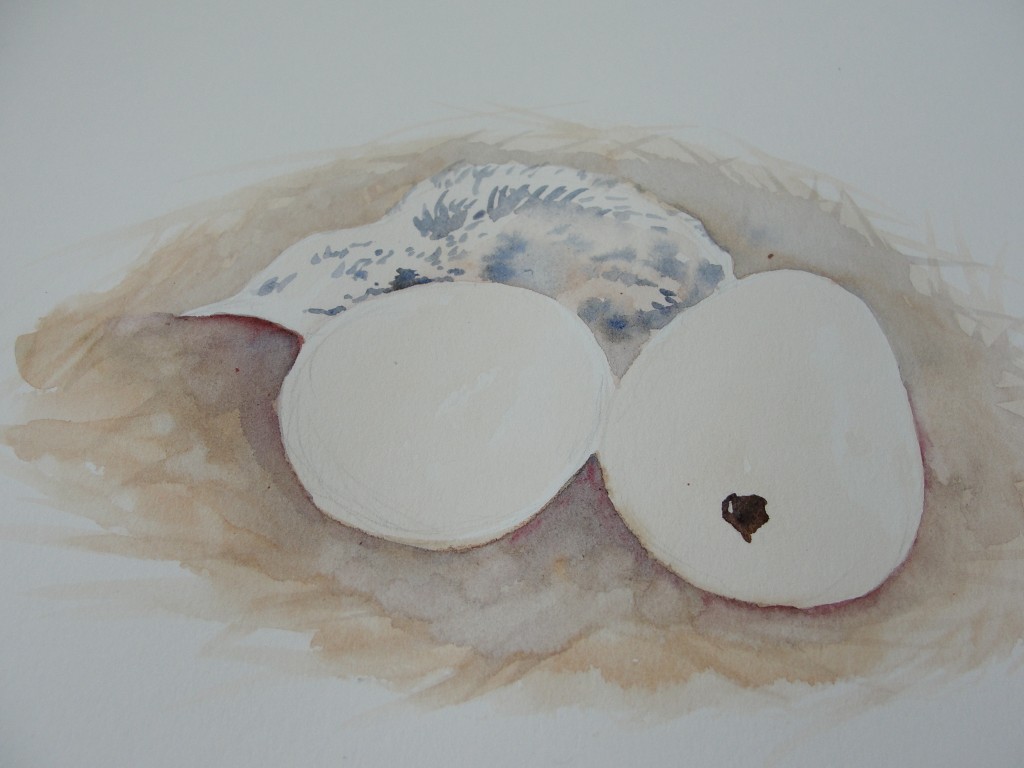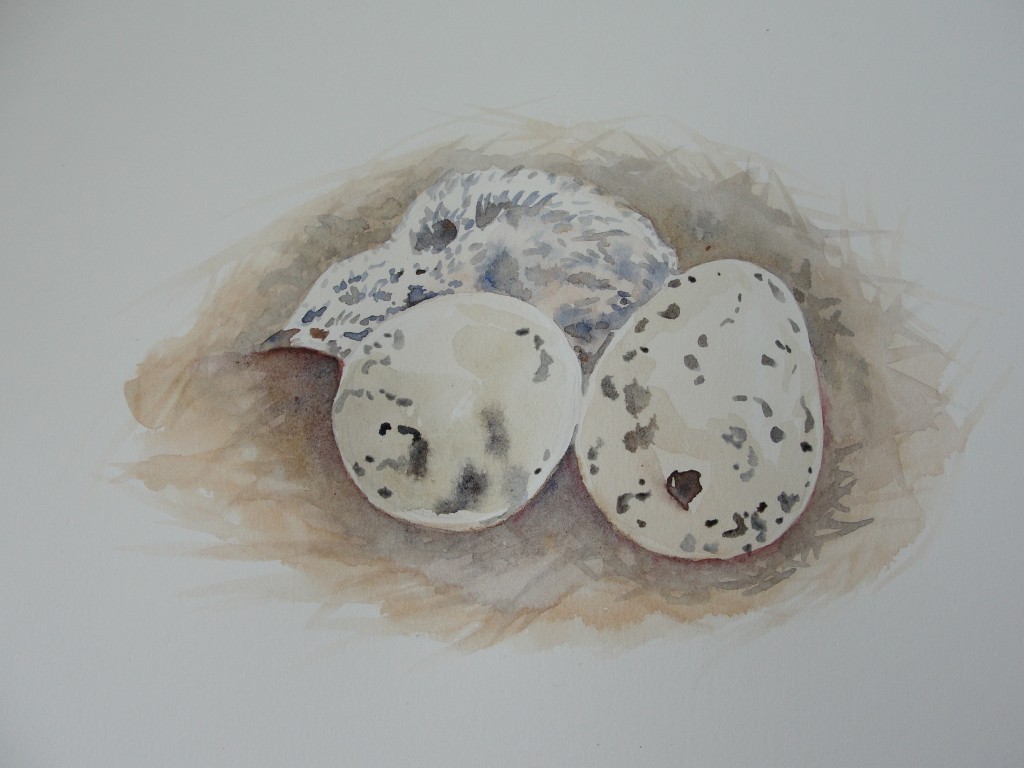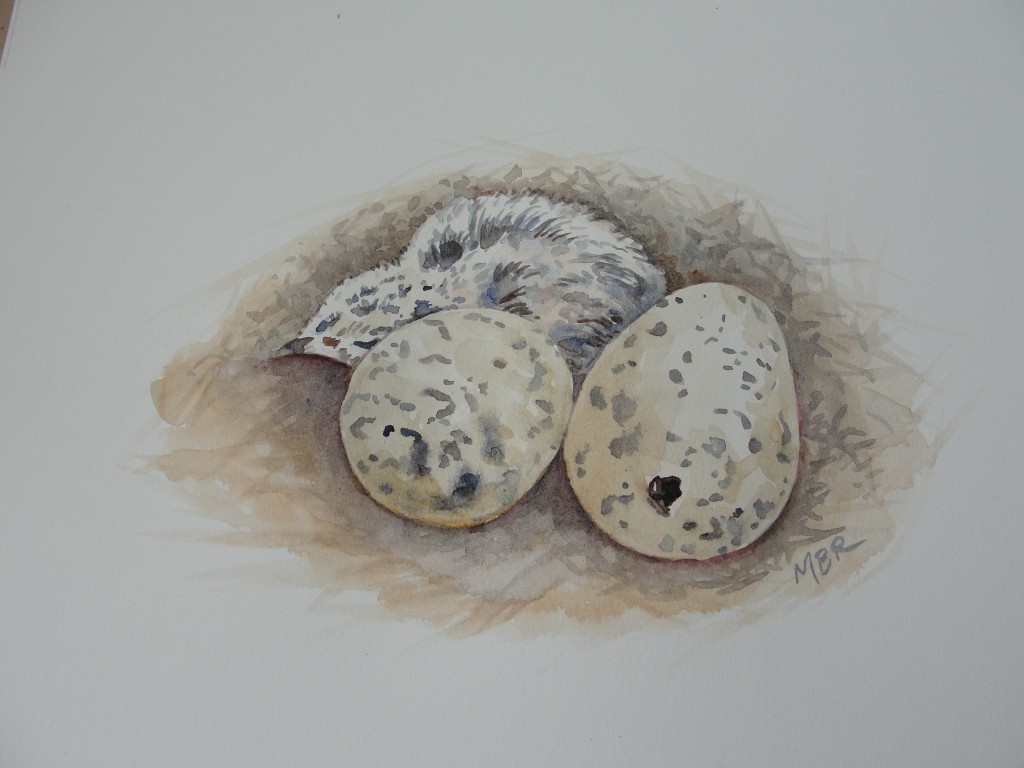One of the fun things about winter birding is that you can go to just about any beach parking lot and check out the gulls, mostly from the warm and cozy blind that is your car. Gulls will let you get pretty close in a car–but step outside it and they’ll be off in a second. Unless they think you are bringing them food in which case every gull within 5 miles will immediately show up.
Anyway, we get a lot of random gulls here each winter, many of whom are out of their usual range but are not all that unusual because each year we get a few and sometimes we get a few in the same place, winter after winter. At first glance all gulls seem to look alike, at least to the unpracticed eye…
but can you see what is different about this gull?
Here it is in flight
If you said it is mostly white with no black on the wing tips and that it has a black bill, not a yellow or ringed one, you would be correct. It is a bit mottled looking so we know it is probably an immature or juvenile bird.
Now look at this one…
Looks sort of familiar, right? But look again…
No black wing tips and very pale gray back….hmmmm….it’s not a Herring gull, a ring billed or a greater black backed gull and it is a good sized bird which rules out a few others.
This beauty is in fact an Iceland gull, as is the immature bird shown in the first few pictures. Both of them have been hanging out with their less fancy cousins at the Craigville Beach parking lot this winter and if you hang around for awhile and check the various gulls you see there you may come across both or one of them quite easily.
These northern beauties usually winter north of us but each year a few seem to straggle down our way. Reports from the north shore and the Plymouth area are not uncommon and they often show up with other gulls in parking lots. Yep, opportunists just like the rest of the gang.
Iceland gulls breed in the arctic, usually on rocky cliffs facing the fjords in Greenland and northern Canada so these guys should be leaving soon. If you’re in the area though, check them out.

